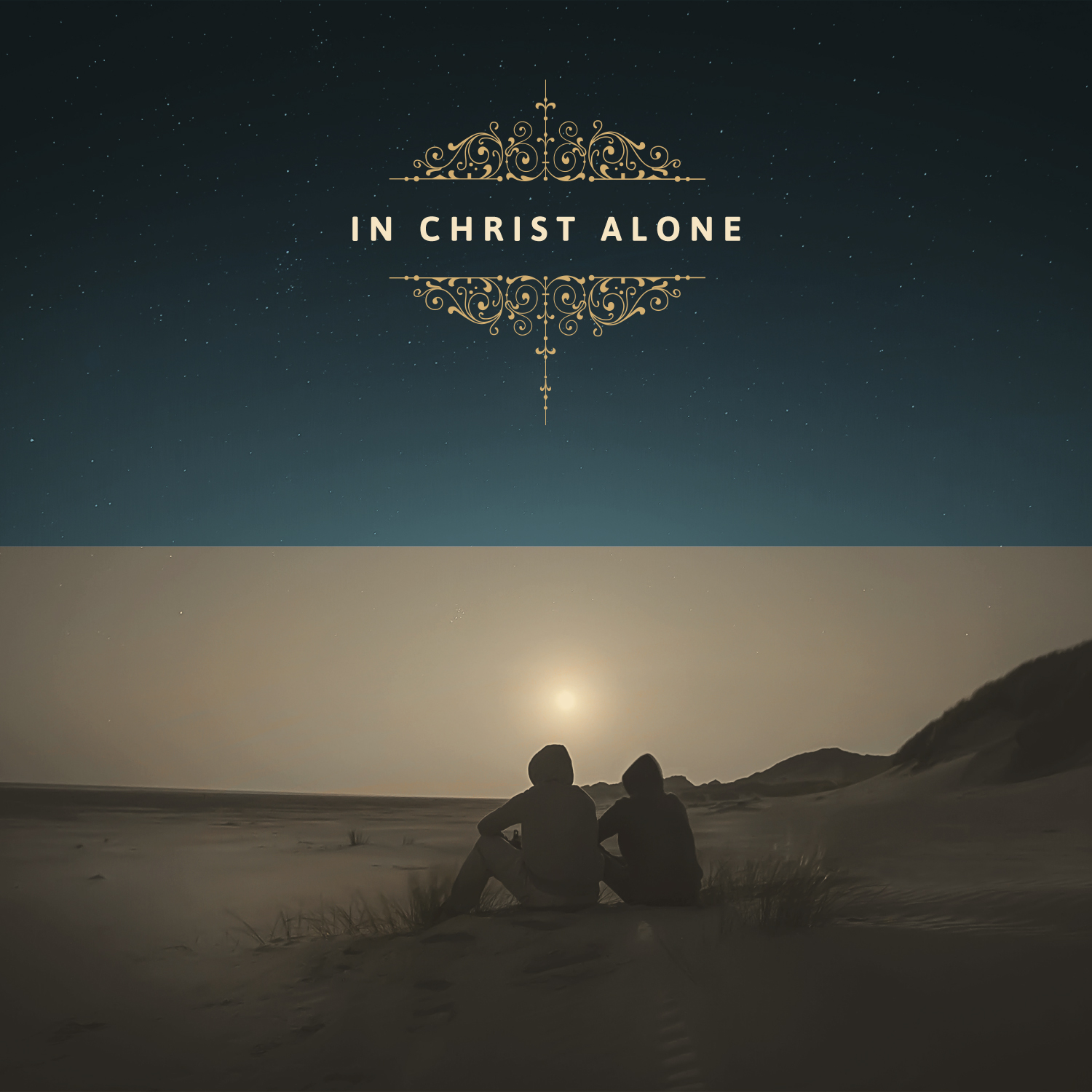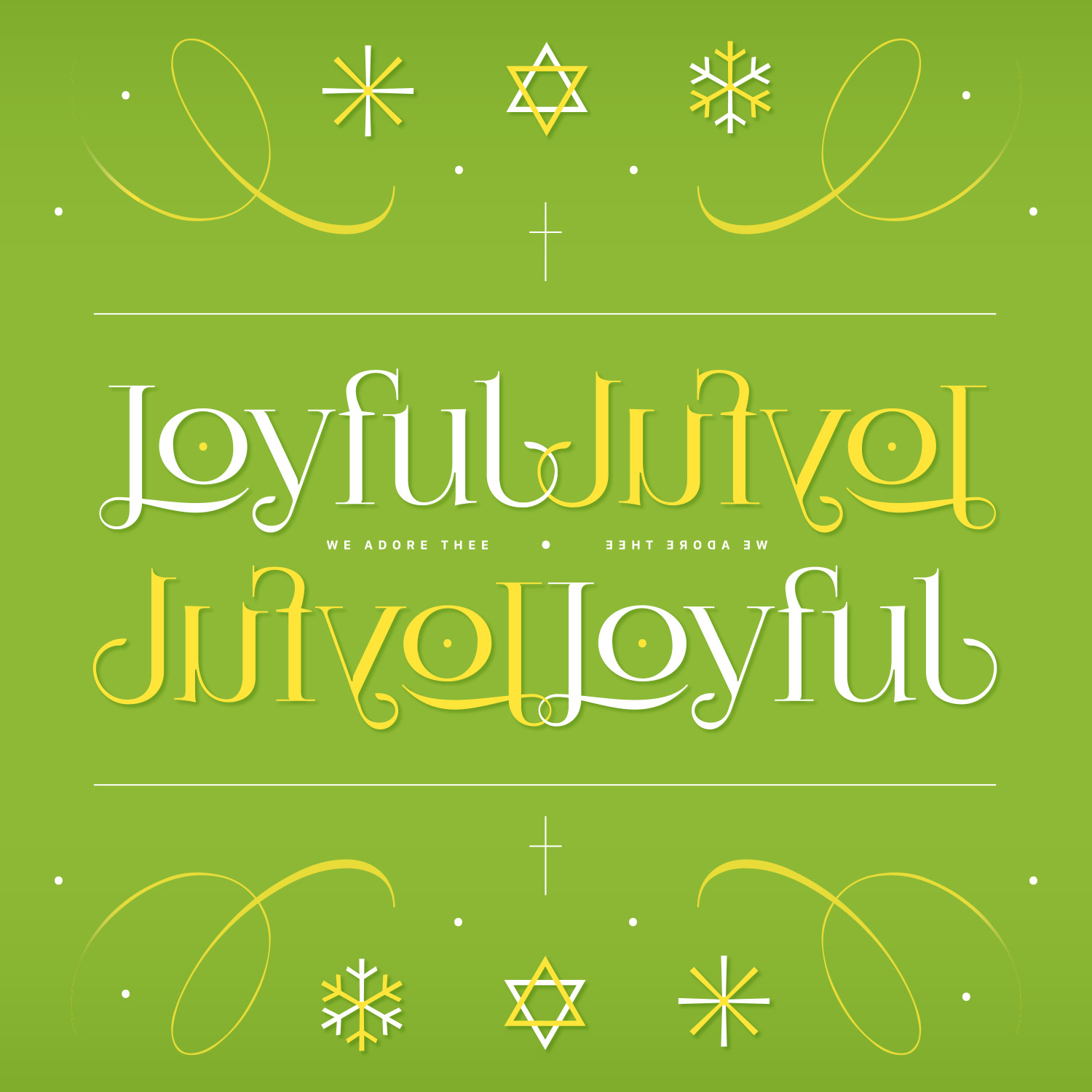Most would assume it’s an old hymn after hearing a choir rendition of “There is a Redeemer,” but they would be mistaken. It's a worship song written in 1977 by Melody Green, a relatively new christian and made famous by her late-husband, musician Keith Green.
Melody and Keith were born Jewish and from an early age, they went through all kinds of drugs and spiritual stuff seeking enlightenment for themselves. This included Christian Science for Keith and Buddhism for Melody along with a heavy dose of New Age for each.
Even though Keith was born in New York and Melody in southern California, they met in 1972 and within a year were married to each other. Then in 1975 they were invited to a small bible study in upscale Bel Air. There they found what they had been looking for — their one and only true Messiah, Jesus Christ. After this experience she and Keith began opening the doors of their small home to take in kids with drug problems and surprise pregnancies, often leading them to the Lord. Going door to door to invite people, they also had Pot Luck dinners and bible studies for their whole neighborhood.
This ministry grew and became what is still known today as Last Days Ministry (LDM). Keith’s musical career was at the top of the charts and new facilities were built and more were in the planning stages when tragedy struck their family.
Keith and two of their young children, with some visiting friends, went for a short ride in a small plane. Just 20 seconds after takeoff, the plane crashed in a neighboring field and burst into flames with no survivors.
Keith was only 28 years old when he died. Melody's first born, Josiah, was almost four and Bethany was two years old. At the time, Melody was at home with their one year old daughter Rebekah Joy and six weeks pregnant with their fourth child. Melody said, “The rug was yanked out from under my whole world that day.”
Today with a hard-won wisdom from decades of what she calls “real life,” Melody has faced several personal tragedies and losses, but has to date, emerged from each with a greater gratitude to God and more comfort to share with others. In her own words, “Today I have more faith in God’s goodness and ability to provide than ever before. Even when terrible things happen He can turn those things towards our good… but only if we have the patience to wait while we are hurting.”
© Helpful Creative. All Rights Reserved.
Sources: Last Days Ministry + Wikipedia + Constantin Meunier




















